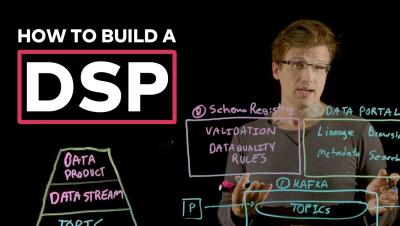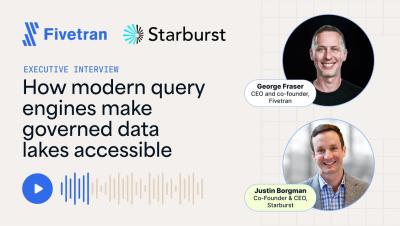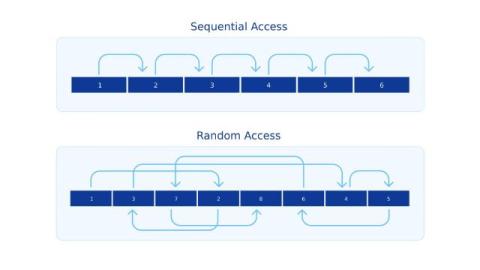How to Write a QA Test Plan
A quality assurance (QA) test plan or a software test plan is a document that outlines the steps, approaches, tools, and best practices for carrying out QA testing for your project. The purpose of a QA test plan is to define testing goals and objectives while considering cost, project requirements, and delivery timelines. Ultimately, this document ensures that all stakeholders are unified in their commitment to delivering a high-quality product.











